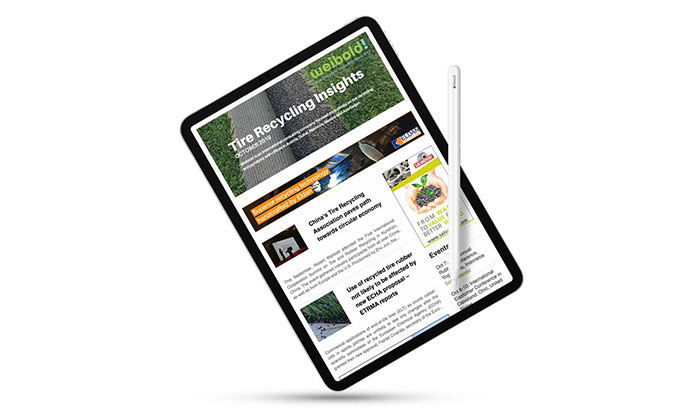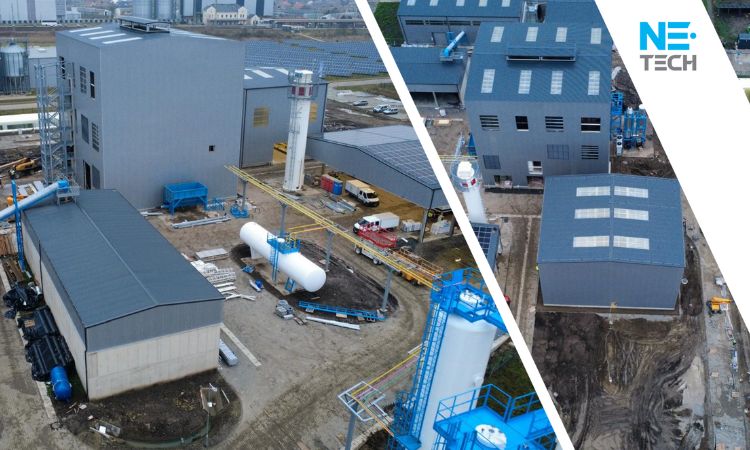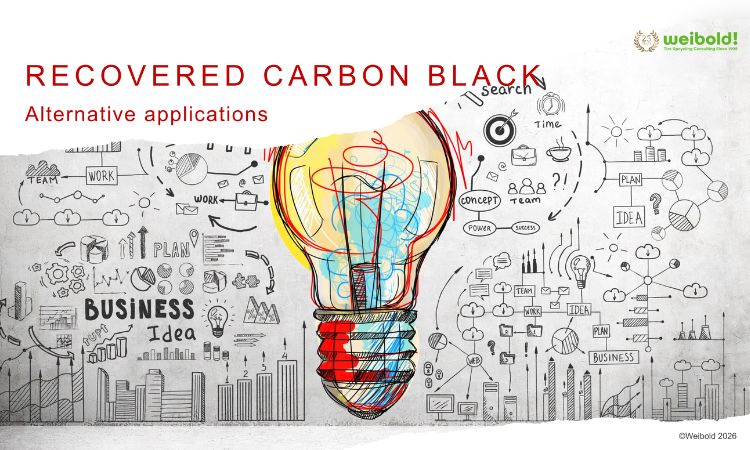Australia to find solution for 70,000 tons of end-of-life tires after Tire Export Ban
The Tire Export Ban took effect on December 1, 2021, and Australia now faces a challenge: what to do with the 70,000 tons of whole and baled tires it used to export each year.
The answer can be found in the outcomes of finished and ongoing R&D projects across Australia. They help to understand how to see end-of-life tires as a valuable resource and how to improve processing technology and business strategies to leverage it.
Local councils are leading many of these initiatives, which are sponsored by Tire Stewardship Australia (TSA) and involve collaboration with designers, manufacturers, and construction companies.
Lina Goodman, the TSA's CEO, stated: “It’s no surprise councils were one of the first to see this opportunity and are showing us the way forward”. “In terms of waste collection and recovery, they do the heavy lifting for us. They understand the risks to our environment and health; and community demand for sustainable solutions and a return on investment of rates paid.”
Australia had 18 months to prepare for the ban, and tire collection and recovery companies would have been ready to implement it with minimal interruption under normal conditions. However, these are not ordinary times.
During the pandemic, Australians have become more 'home centric,' with new tire sales increasing by roughly 30% in the last year. In addition, there is a global shipping issue, which has caused us to run out of containers. As a result, retailers and processors are having difficulty collecting end-of-life tires.
This raises short-term risks like:
- illegal stockpiling, dumping and mismanagement of used tires
- the export of existing tired-derived products (TDPs) reaching onsite EPA licence thresholds
- reduction in recovery rate of used tires
- cheap, imported crumb undercutting domestic prices.
Opportunity for new products and markets
The following are just a few of the tire-related applications that are growing rapidly in Australia:
- spray seal
- blast protective concrete
- crumb rubber roads
- permeable pavement
- safety barriers
- alternative fuels.
According to recent research commissioned by TSA, tire-derived fuel has a higher calorific value than coal and would lower greenhouse gas emissions by 20–30% for the same energy input.
Tire Stewardship Australia can provide procurement and ESG professionals from the public and commercial sectors with further information about practical options for moving through and beyond the Tire Export Ban.
To learn more about the topic, please proceed to the original article by Sustainability Matters magazine.
Weibold is an international consulting company specializing exclusively in end-of-life tire recycling and pyrolysis. Since 1999, we have helped companies grow and build profitable businesses.









